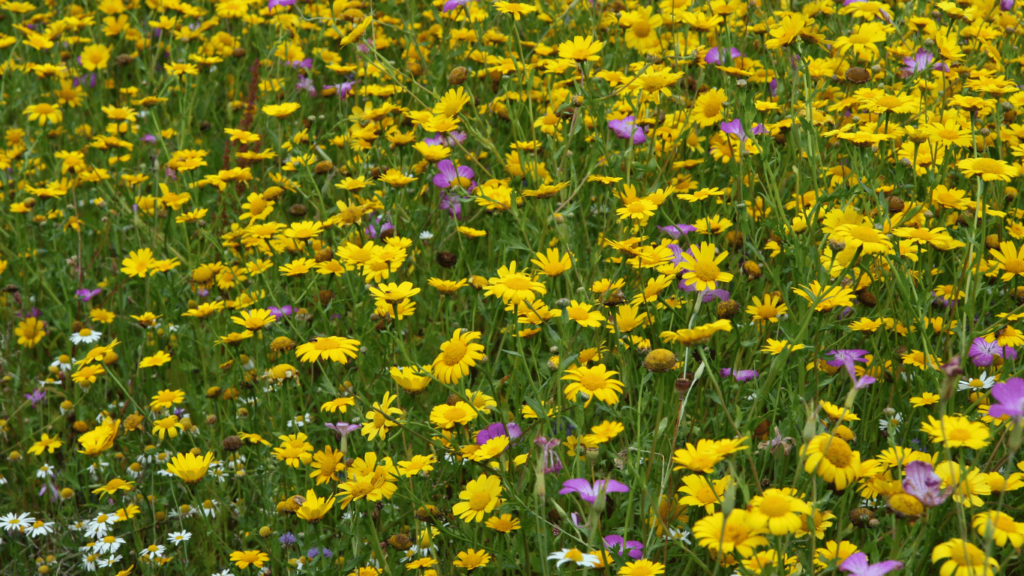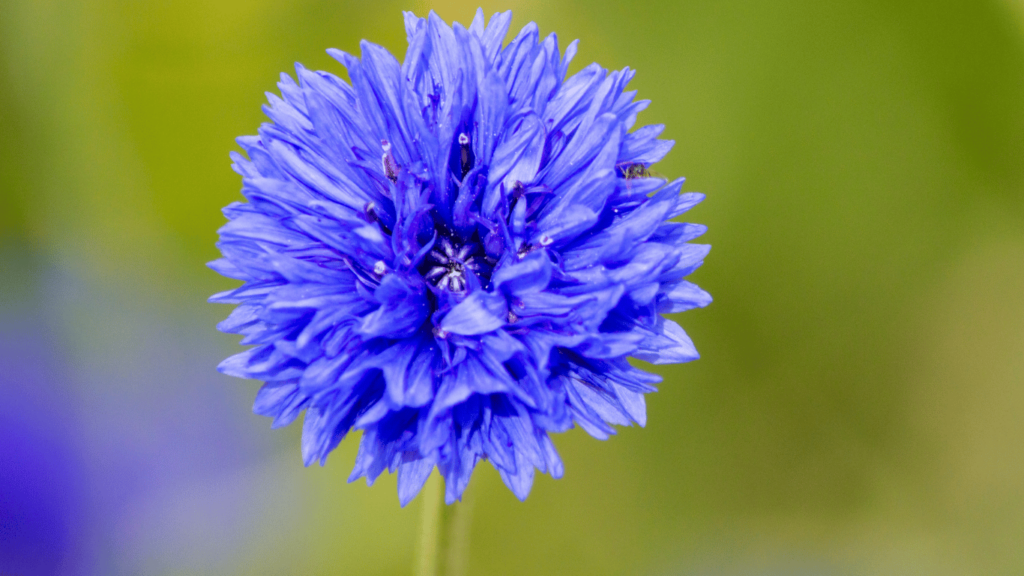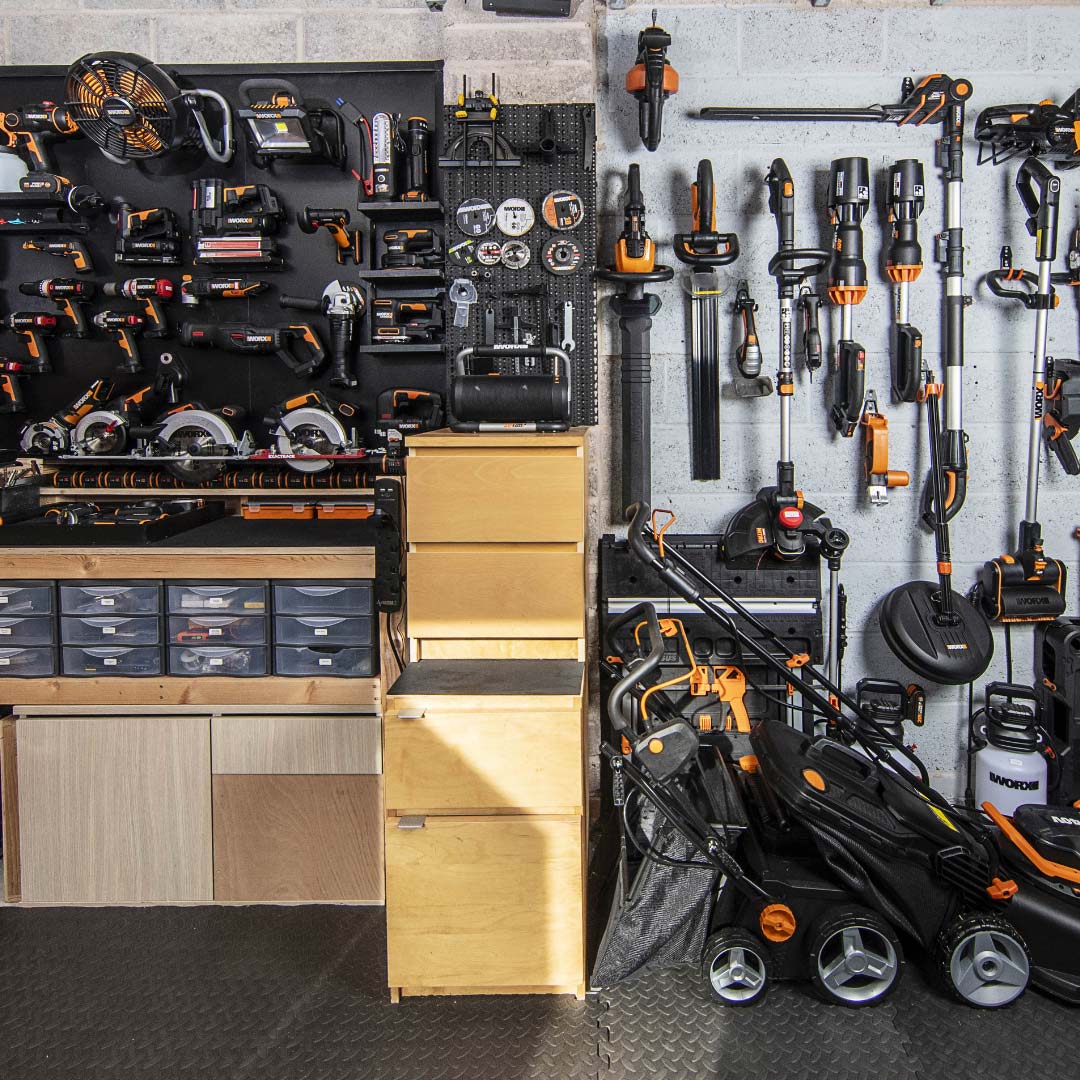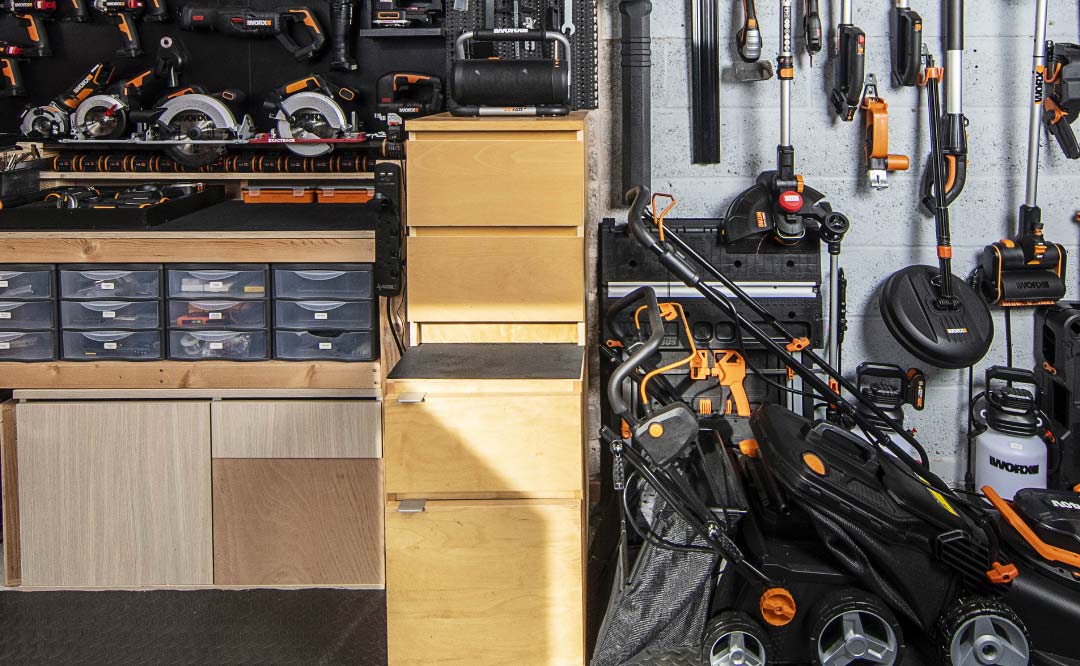With energy costs on the rise and climate challenges constantly in the headlines, homeowners are increasingly looking for ways to conserve resources by treading lightly. In recent years the no-mow movement has gained popularity as a way to support wildlife, reduce negative impacts on the environment, and boost free time. Whatever the motivation, most of us can agree that not having to mow is a benefit unto itself.
A few years back, “No-Mow May” began as an initiative to explore what would happen if we delayed our first mowing of the season for an extra month. When the results came in, massive increases in pollinator abundance and diversity were noted for the non-mowed lawns compared to lawns that had been mowed as usual.
But getting back to the normal routine after a month of neglect comes with a strenuous lawn cleanup and may leave a stressed-out lawn in its wake. Some experts worry that the weakened state of an unkempt lawn, where weeds have been allowed to flower, becomes a recipe for a net increase in chemical usage as owners re-tame their yards. There may be a better alternative.
Way before the trendy month-long mowing holiday was conceived, gardeners, horticulturalists, and wildlife enthusiasts were experimenting with grasses and groundcover plants that thrived without mowing. Whether the goal is to establish a backyard habitat, to create a one-of-a-kind landscape design, or simply to shorten the weekly to-do list, installing a no-mow lawn offers a great variety of benefits.
What is a no-mow lawn?
A no-mow lawn is a low maintenance, drought tolerant, wildlife friendly alternative to traditional turfgrass. These spaces typically include dozens of plant species, including warm and cool season grasses, perennial groundcovers, and wildflowers. No mow lawns typically grow 8 to 12 inches high, with a wild appearance reminiscent of a meadow. They offer a host of benefits for homeowners and their local wildlife, like reducing time and money spent on landscape maintenance, and increasing habitat diversity.

What are the pros and cons of installing a no-mow lawn?
This style of lawn is not for everyone. Planting a no-mow lawn comes with both pros and cons.
Pros
- Eliminates most lawn work throughout the year
- Reduces air and water pollution
- Conserves soil, water, and nutrients
- Fosters a diverse ecosystem of native pollinators, birds, and other wildlife.
Cons
- Annual maintenance mowing is more difficult than mowing a conventional lawn.
- Can attract some unwanted wildlife, like rodents and ticks
- Could become a fire hazard if not properly maintained
When is the best time to plant a no mow lawn?
In the UK, most people start their journey around the time that the awareness is raised for No Mow May, towards the end of April. This is normally considered a good starting point to get your greenspace on track for a wild summer. May marks the beginning of the push towards summer and ushers in a season brimming with vibrant blooms, color, and life and continues into the autumn.
Should I convert my whole garden to no-mow lawn?
Converting an established turfgrass lawn to no-mow is a major undertaking that should be thoroughly planned before starting. It’s important to think about how you currently use the space, and how those activities will be affected. High traffic areas and children’s play areas may actually function best with some amount of mowed turfgrass. Also consider the very real attraction that no-mow holds for all kinds of wildlife, including insects and animals that you may not want close to the house.
One of the worst mistakes you could make would be to spend time and money on a total landscape renovation, only to find out that it doesn’t work for your lifestyle. For most homeowners it is best to begin by converting an unused part of the lawn away from the house, while continuing to maintain a mowed lawn closer to the house. If you like the change, add more no-mow space in following years.

What kinds of plants work as no-mow lawns?
Grass seed and mix companies offer products with names like “No Mow Seed Mix” that feature a mix of durable low-growing grass species. However, a no-mow lawn can include dozens of low growing grass, perennial, and annual species that tolerate foot traffic, thrive with only natural rainfall (once they are established), and require minimal maintenance. Locally native plants often play an important role in no-mow applications because they thrive in the available growing conditions and support local wildlife, so any wildflower seed mix can work well added in to the grasses.
A few popular no-mow lawn plants:
Annual meadow flowers: cornflowers, field poppies, corn marigolds and corncockles
Perennial meadow flowers: ox-eye daisies, red campion, knapweed and field scabious
How do I maintain a no-mow lawn?
Although these lawns are billed as “no-mow,” they perform best with an annual or twice-yearly trim. In early spring, before new growth begins in earnest, use a lawn mower or grass trimmer to cut dead stems and foliage to 4 to 6-inches high. Clear away any clumps of clippings to avoid smothering the emerging new growth.
Although they are semi-wild spaces, no mow areas are susceptible to invasion by undesirable plants. Throughout the growing season, monitor the lawn for encroaching tree seedlings or aggressive weeds and vines. Stay vigilant and pull, cut, or spray weeds with wildlife-safe natural weed control products before they flower or set seed.
If you’re looking for a simple way to manage your landscape that shortens your chore list, reduces your carbon footprint, and increases habitat for backyard wildlife, then a no-mow lawn or a section dedicated to wild flowers and grasses could be a good fit. It’s not an “either/or” choice. No-mow complements conventional turfgrass when it is used to transition from heavily used lawn areas to more natural areas. It’s a great way to bring nature closer to home.



